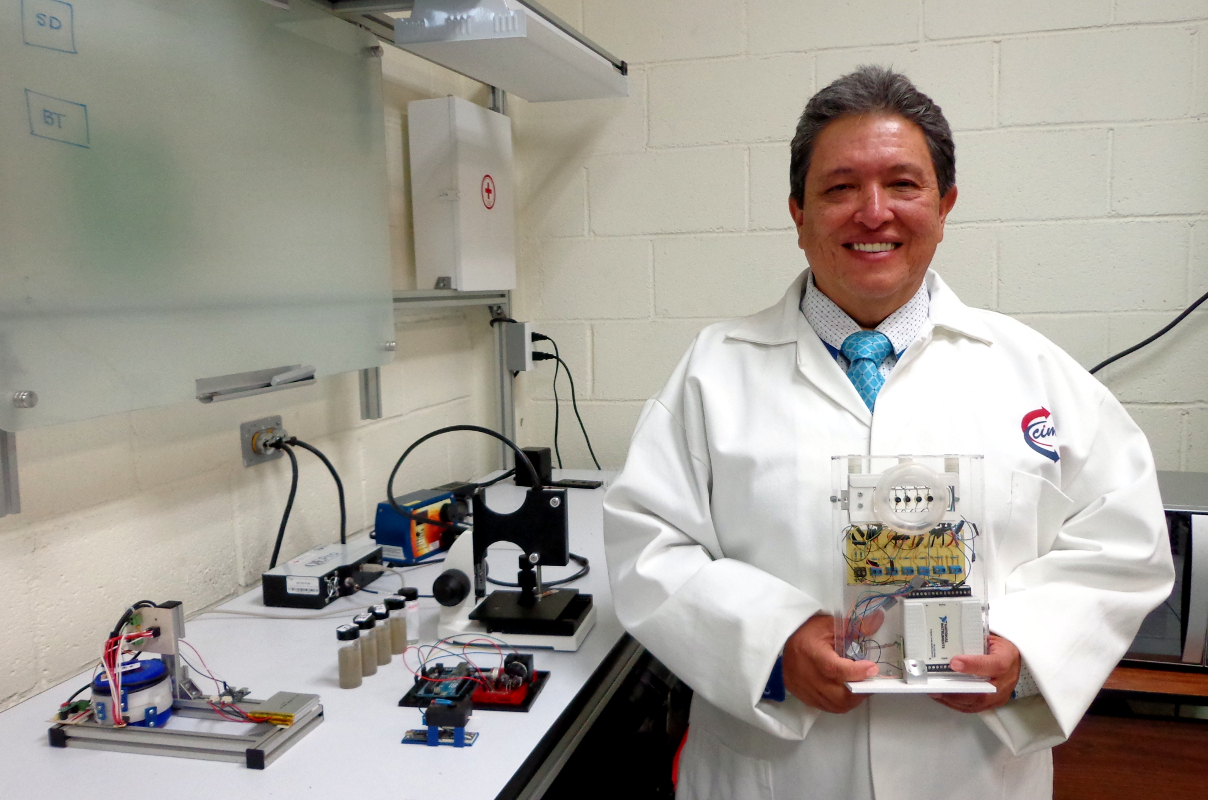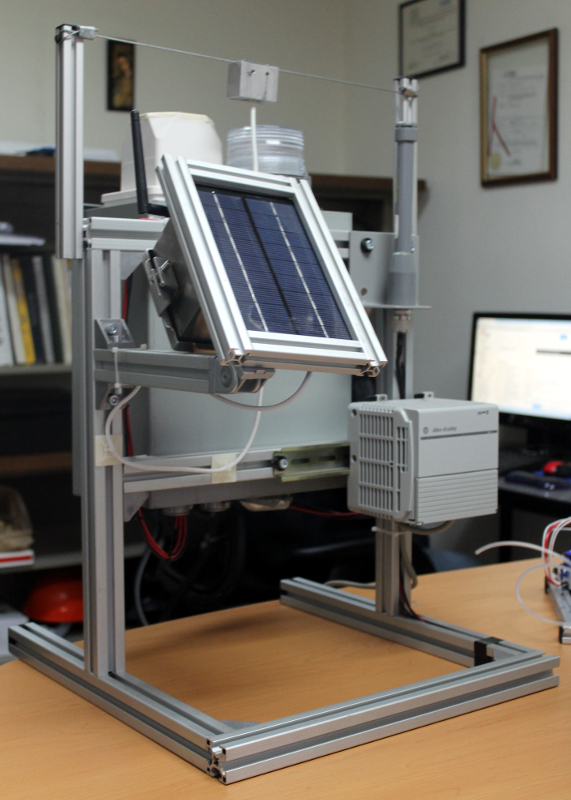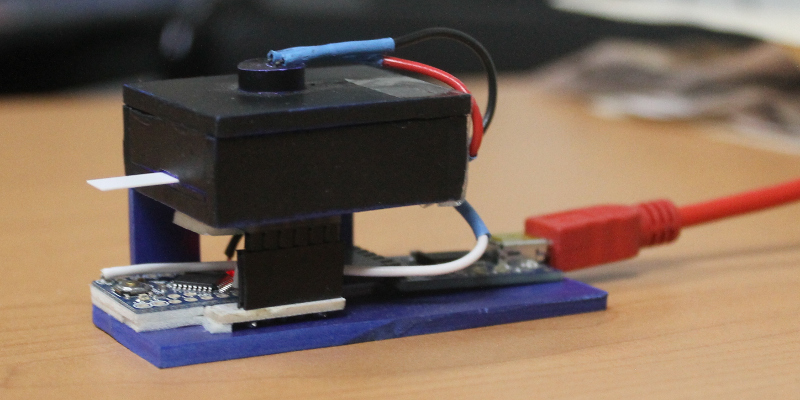Nanostructured polymeric sensors
At Cimav an interdisciplinary group of specialists develops an electronic nose and electronic tongue to measure glucose in diabetics. These technologies are based on previous research on sensors that are capable of measuring liquids and gases. With this knowledge, specialists developed applications in the medical area and the oil industry.
Medical applications
Regarding the health sector, the team created prototypes of medical devices for the control of diabetes. These devices evaluate levels of glucose in diabetic patients through their breath or saliva rather than take blood samples.
The electronic tongue measures the glucose concentration through a test strip on which is placed a saliva sample. Subsequently, the test strip is placed into the sensor of the prototype that will give the sample’s glucose levels.
Moreover, the electronic nose measures the concentration of substances (ketone bodies, including acetone) contained in the breath of diabetics. Monitoring will be conducted with one blow into the nozzle of this device.
These technologies are accessible, portable, comfortable and affordable micro labs, non-invasive and provide a rapid response.

Ing. Miguel Orozco
Its scientific foundation is based on sensors developed with synthesized intelligent materials thanks to nanotechnology polymers (plastics) that change their electrical or optical properties when in contact with some human biomarkers, that is to say, chemicals produced by the human body.
Research has generated national patents and is been carried out in collaboration with the Mexican Social Security Institute and the Autonomous University of Chihuahua.
The World Health Organization, WHO, reports that more than 347 million people suffer diabetes worldwide and that this disease is becoming a global epidemic. One of Cimav´s contribution is to generate support medical technologies that address this public health problem. In addition, these technologies are currently under investigation to detect some types of cancer.
The electronic nose and electronic tongue were generated thanks to the acquired knowledge on sensors development.

Prototipo de nariz electrónica – 1a fase

Prototipo de sensor contra robo de combustible

Prototipo de nariz electrónica – 2a fase

Prototipo de lengua electrónica
Petrochemical applications
On the other hand, for the petrochemical industry, this group developed a hybrid sensor for detecting leaks and illegal connections on oil pipeline. This hybrid fiber optic sensor is capable of measuring temperature and vibration simultaneously. It is worth mentioning that there are some devices to detect temperature (for locating gas leaks) and others to measure vibration (those that detect illegal connections), but this sensor is the first to measure both parameters simultaneously, that is the reason it is called Hybrid.
With them it is possible to accurately detect the section where the incident occurred due to a temperature change that will be present in the environment, either to cool or warm. Furthermore this sensors record vibration at the time that drilling actually starts.
The technology was made at the request of Petroleos Mexicanos, Pemex, and is part of Conacyt – Secretary of Energy.
This sensor has some advantages regarding installation, maintenance and repairs; it also can be placed in airports, prisons, military stations or strategic areas. Due to the results of the research it already has national and international patents.
The previous cases are examples of the projects of this scientists group which general research lines are:
- Development of sensors and monitoring systems for the oil industry and drinking water networks. In this field this group has developed various types of sensors to monitor oil and water facilities and transportation pipelines, using optical fiber and satellite communication.
- Micro and Nano devices. Using modern techniques of synthesis and microfabrication, special compounds have been developed that exploit quantum characteristics of nanoparticles to develop new devices. Especially for the Medical and Aerospace sector.
- Polymeric compounds. The group has significant experience in polymer compounds, especially fibers or particles comprised of conductive materials for electrical conductors or photovoltaic characteristics. These compounds have allowed specialists to make innovations in the aerospace and automotive industries.
